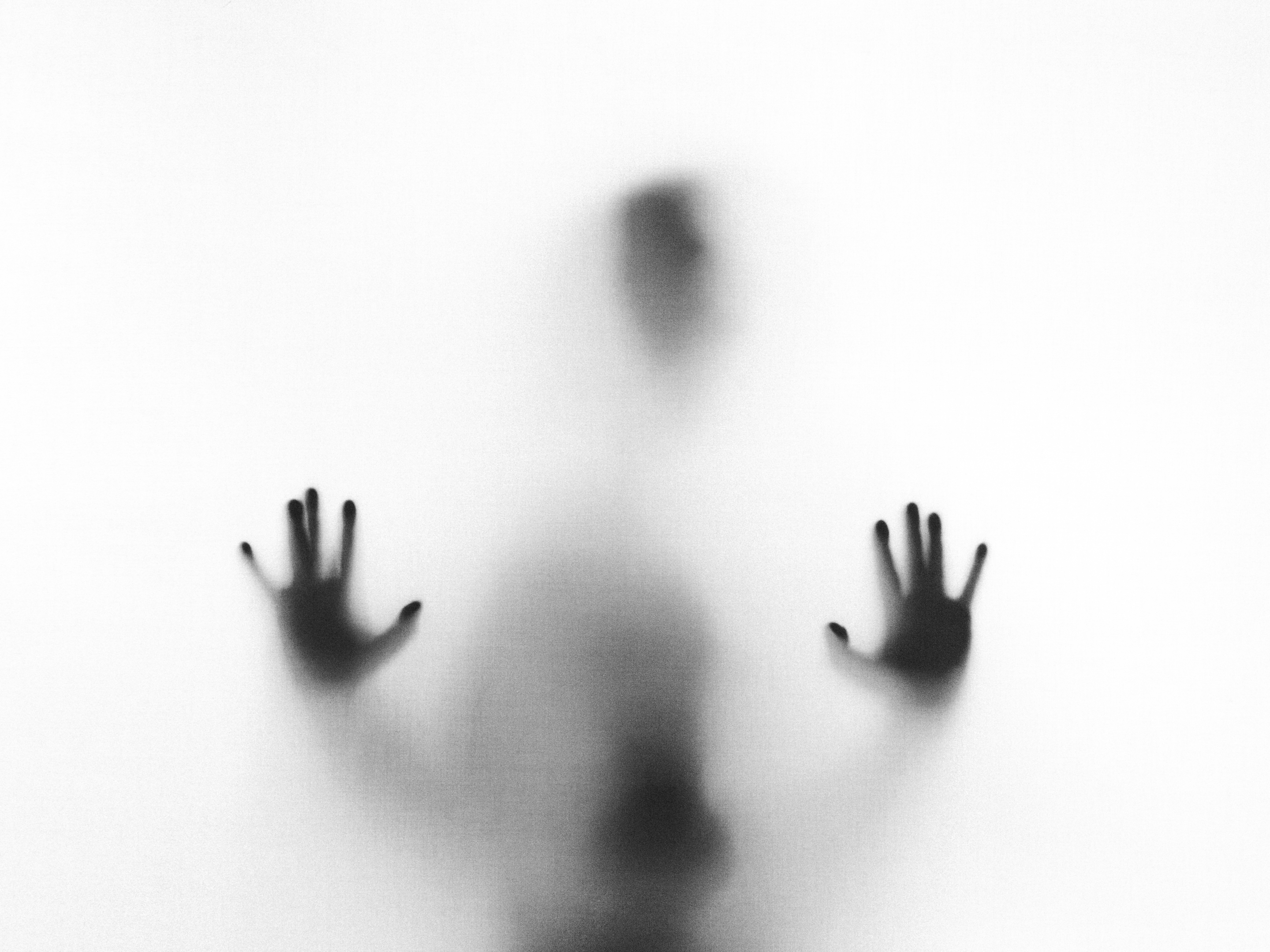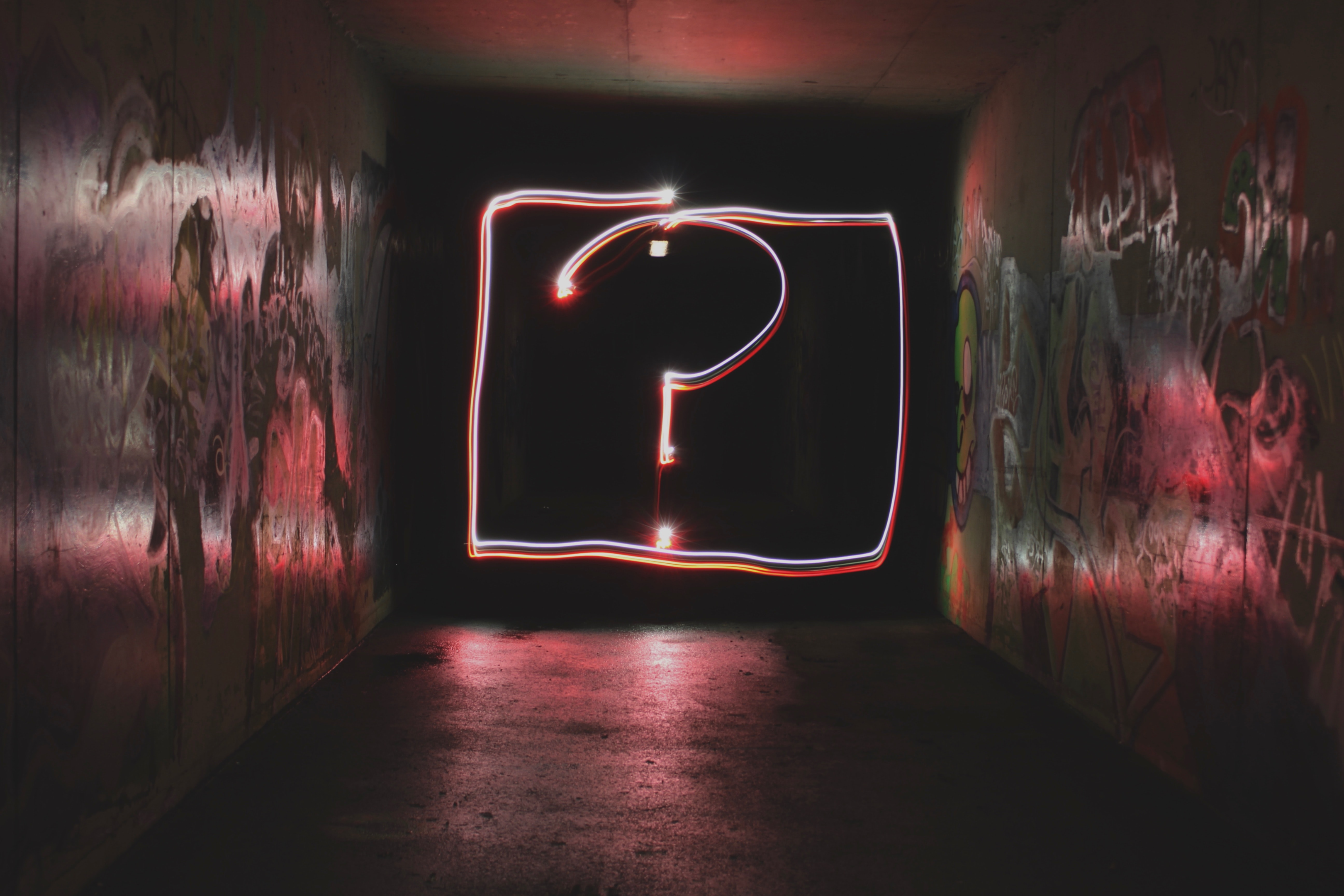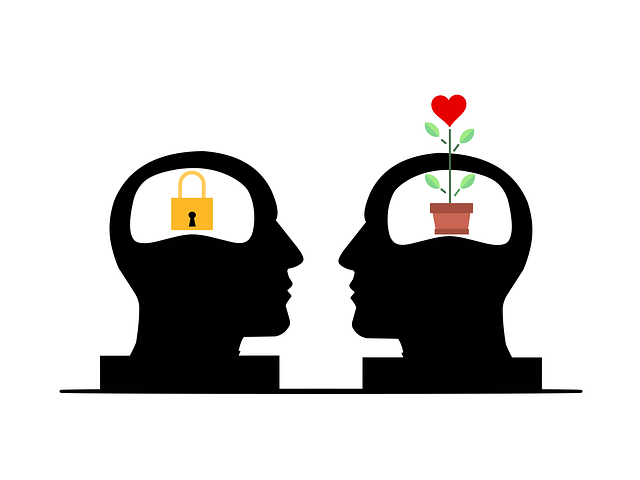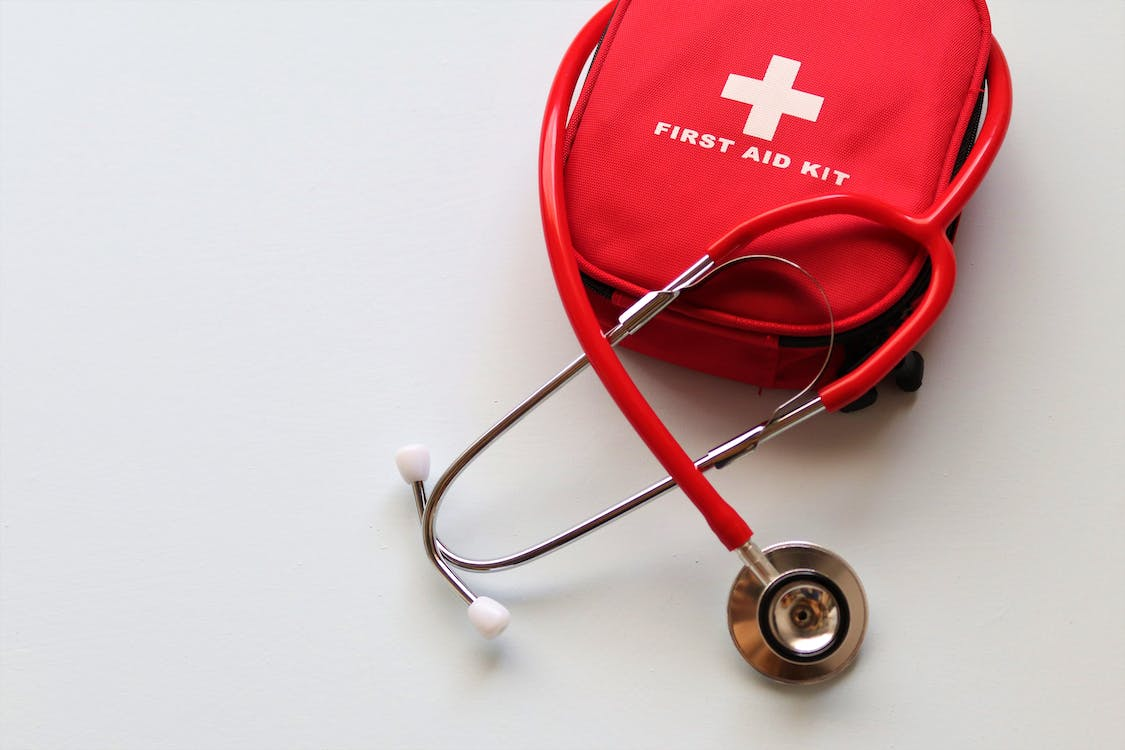
Mental health disorders are an increasingly common issue in today’s society. According to the National Institute of Mental Health, one in five adults in the United States experiences a mental illness each year. Despite this prevalence, there is still a great deal of stigma surrounding psychiatric problems, and many people do not understand the multifaceted nature of mental health conditions.
In this comprehensive guide to mental health, we will explore the various mental illnesses, their symptoms, and how to seek proper care. We’ll delve into the Diagnostic and Statistical Manual (DSM), a guide used by mental health professionals to diagnose and treat psychiatric conditions. We’ll also examine the national mental health crisis, including the devastating effects it has on the nation’s homeless population.
Contents
- 1 What are Metal Health Disorders?
- 2 Understanding Mental Health Disorders
- 3 The National Mental Health Crisis
- 4 Types of Mental Health Problems
- 5 Mental Health Symptoms
- 6 The Diagnostic and Statistical Manual (DSM)
- 7 Mental Health Problems in Teens
- 8 Mental Disorders Signs and Symptoms in Teens
- 9 Mental IllnessTreatment
- 10 Mental Health First Aid
- 11 Final Words
What are Metal Health Disorders?

Mental health disorders, also known as mental illnesses or psychiatric disorders, are conditions that affect a person’s thinking, mood, and behavior. These disorders can be caused by various factors such as:
- genetics
- environment
- daily habits
- biology
Examples of mental disorders include anxiety disorders, mood disorders such as depression and bipolar disorder, psychotic disorders such as schizophrenia, and personality disorders. Understanding mental health disorders is crucial for recognizing symptoms and seeking good care, as well as reducing the stigma associated with mental illness.
Understanding Mental Health Disorders

To understand mental health disorders, it’s essential to recognize the symptoms associated with each condition. Many people with mental illnesses suffer in silence, either because they don’t realize they have a problem or because they’re afraid of the social stigma surrounding psychiatric problems.
Fortunately, there are many resources available to help readers recognize symptoms and seek good care. For example, the book “Understanding Mental Illness: A Comprehensive Guide To Mental Health” offers valuable insight into the most advanced medical care available for various mental illnesses. This user-friendly guide explains complex psychiatric diagnoses in readily understandable terms and provides practical and relatable points to help readers understand mental health disorders.
The National Mental Health Crisis

Mental health disorders are a significant concern globally, with millions of people affected. The World Health Organization (WHO) reports that one in four people in the world will be affected by mental or neurological disorders at some point in their lives. In the United States, one in five adults experiences a mental illness, and one in six children aged 6-17 experiences a mental health disorder each year. These statistics point to a national mental health crisis that needs urgent attention.
Types of Mental Health Problems

There are various mental health disorders, each with its unique symptoms and treatment options. Understanding these disorders is crucial in recognizing symptoms and seeking good care. The Diagnostic and Statistical Manual of Mental Disorders (DSM) is a comprehensive guide to mental health and provides valuable insight into the various types of psychiatric problems.
Depression
Depression is a mental health disorder that affects a person’s mood, thoughts, and behavior. signs of depression include sadness, loss of interest, changes in appetite, and difficulty sleeping. Depression can range from mild to severe, and it’s essential to seek treatment when experiencing signs.
Anxiety Disorders
Anxiety disorders are a group of mental health disorders characterized by excessive worry, fear, and panic. These disorders can range from generalized anxiety disorder to specific phobias and social anxiety disorder.
Personality Disorders
Personality disorders are mental health disorders characterized by enduring patterns of behavior that deviate from social norms. These disorders include borderline personality disorders, narcissistic personality disorders, and antisocial personality disorders.
Schizophrenia
Schizophrenia is a severe mental illness that affects a person’s ability to think, feel, and behave clearly. signs of schizophrenia include hallucinations, delusions, disorganized speech, and abnormal behavior.
Bipolar Disorder
Bipolar disorder is a mental health disorder characterized by extreme mood swings, including highs (mania) and lows (depression).
Anxiety Disorders
These disorders involve excessive worry or fear that can interfere with daily activities. Examples include generalized anxiety disorder, panic disorder, and social anxiety disorder.
Mood Disorders
These disorders affect a person’s emotional state and can include periods of intense sadness or elevated mood. Examples include major depressive disorder, bipolar disorder, and seasonal affective disorder.
Psychotic Disorders
These disorders involve a loss of touch with reality and may include hallucinations and delusions. Examples include schizophrenia and schizoaffective disorder.
Mental Health Symptoms

Mental health symptoms can vary depending on the type of disorder a person is experiencing. Common symptoms may include
- Persistent feelings of sadness or anxiety
- Changes in sleep patterns
- Lack of energy or motivation
- Difficulty concentrating or making decisions
- Changes in appetite or weight
- Social withdrawal
- Irritability
- Mood swings
- Substance abuse
- Hallucinations
- Delusions
- Disordered thinking
- Difficulty forming relationships
- Impulsive or risky behaviors
- Re-experiencing traumatic events
- Avoidance of triggers
- Hyperarousal
Recognizing these symptoms and seeking professional help is important for managing mental disorders and reducing their impact on daily life.
The Diagnostic and Statistical Manual (DSM)

The Diagnostic and Statistical Manual (DSM) is a classification system used by mental health professionals to diagnose and categorize mental disorders. It is a comprehensive guide to mental health that provides expertly written, straight facts in a user-friendly format making it accessible to a wide range of readers. The DSM covers a full array of psychiatric conditions and disorders and is skillfully crafted to dissolve the stigma surrounding especially patients and families of the mentally ill by presenting practical information in readily understandable terms.
The DSM is an essential resource for anyone seeking to understand mental disorders and can be a valuable tool for those seeking proper care and treatment. Sheryl Denise Jones, the executive director of the National Alliance on Mental Illness (NAMI), estimates that one-third of people living with mental illness receive adequate care, highlighting the urgent need for accessible and consumer-friendly guides like the DSM to help individuals recognize symptoms and seek the proper treatment they need.
Mental Health Problems in Teens

Mental health problems can be particularly challenging for teenagers as they navigate through the complexities of adolescence. According to research, 1 in 5 teens is mentally ill. These can include depression, anxiety, eating disorders, and substance abuse.
However, untreated mental illnesses can have devastating effects on a teen’s social, emotional, and academic development if left untreated. Understanding mental disorders and recognizing symptoms is key to getting proper care. Practical and relatable points for discussing mental health issues with teens can include building trust, encouraging open communication, and seeking professional help when needed. With the right support and treatment, teens can learn to manage their mental health concerns and thrive.
Mental Disorders Signs and Symptoms in Teens
Mental disorders can manifest in various ways, and it’s essential to be able to identify the signs and symptoms in teenagers. Some common mental disorders in teens include
Persistent feelings of sadness, hopelessness, or irritability
- Withdrawal from family, friends, and social activities
- Significant changes in sleeping or eating patterns
- Poor academic performance or a sudden drop in grades
- Lack of energy or motivation
- Risk-taking behaviors such as substance abuse or reckless driving
- Self-harm or suicidal thoughts
- Difficulty concentrating or making decisions
- Obsessive thoughts or compulsive behaviors
- Excessive worry or anxiety
- Hallucinations or delusions
- Sudden mood swings or outbursts of anger
- Physical symptoms such as headaches, stomach aches, or fatigue without any medical cause.
Mental IllnessTreatment
Mental illness treatment refers to the various interventions and approaches used to help individuals with mental health problems. The goal of treatment is to improve signs, promote recovery, and enhance the quality of life. Treatment options vary depending on the understanding mental disorders and the individual’s needs but may include
Medications

Medications are one of the most common forms of treatment for mental health disorders. They are prescribed by medical professionals, such as psychiatrists, to help alleviate signs and improve the overall quality of life for individuals struggling with mental health conditions. There are many different types of medications used to treat mental health disorders, including antidepressants, antipsychotics, mood stabilizers, and anxiolytics. The type of medication prescribed will depend on the specific disorder and the severity of the symptoms.
Psychotherapy

Psychotherapy, also known as talk therapy, is a treatment approach that involves talking with a mental health professional to address emotional and mental health issues. It can be done in individual, group, or family settings and may include cognitive-behavioral therapy, interpersonal therapy, and other approaches. Psychotherapy can help people gain insight into their thoughts and behaviors, develop coping strategies, and improve their overall mental health and well-being.
Hospital and Residential Treatment

Hospital and residential treatment are often recommended for individuals with severe mental illnesses or those who are at risk of harming themselves or others. Inpatient psychiatric care provides a safe and structured environment where patients can receive intensive treatment from a team of mental health professionals. Residential treatment programs offer a less restrictive alternative, providing individuals with a supportive living environment while they receive ongoing therapy and treatment. These options can be helpful in addressing acute mental health crises and providing individuals with the necessary tools to manage their signs and achieve long-term recovery.
Mental Health First Aid

Mental Health First Aid is a program designed to teach people how to identify and respond to mental health crises. It emphasizes the importance of understanding mental disorders and specific disorders, as well as the proper care needed and resources. With less than half of those with mental illness receiving adequate care, Mental Health First Aid provides a practical and relatable point of entry for individuals seeking to help others.
Exercises That Have Proven to Be Helpful for Metal Health
- Mindfulness meditation to reduce stress and anxiety
- Deep breathing exercises to calm the mind and body
- Yoga or stretching to improve flexibility and release tension
- Cardiovascular exercises, such as jogging or cycling, boost mood and reduce depression
- Journaling or expressive writing to process emotions and reduce negative thoughts
- Art therapy, such as painting or drawing, promotes creativity and self-expression
- Socializing or joining support groups to reduce feelings of isolation and build a sense of community
- Cognitive behavioral therapy exercises, such as identifying negative thought patterns and replacing them with positive ones, improve mental health.
Final Words
In conclusion, it is important to understand mental illness and seek proper care when needed. However, there are still many barriers to accessing adequate treatment, including social stigma and a lack of understanding. To address this, there is a need for practical and relatable resources such as consumer-friendly and practical guides to help dissolve the stigma and provide accessible information about mental health.
It is also important to explore various treatment options, such as psychotherapy, medication, hospital and residential treatment, and lifestyle changes, including exercises, to support mental health and well-being.
5 thoughts on “The Ultimate Guide To Understanding Mental Health Disorders”